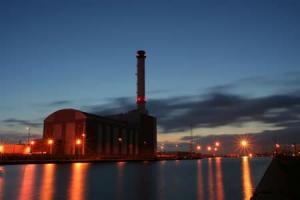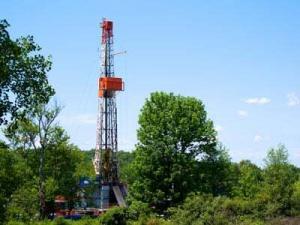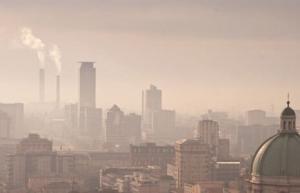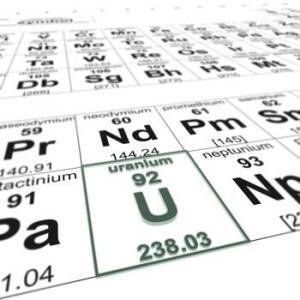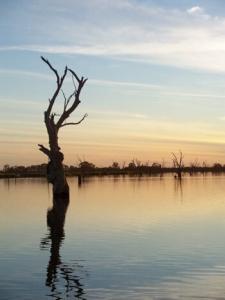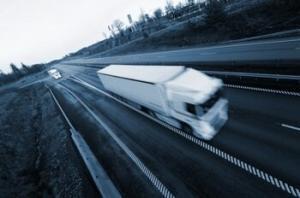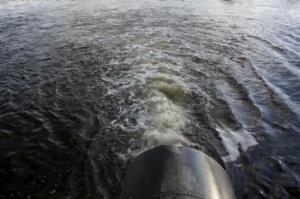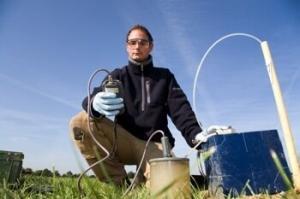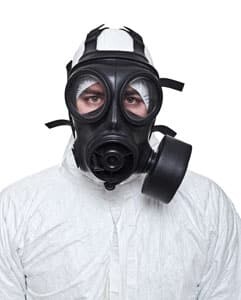 Are you aware of the health dangers of persistent toxic exposure? The cleaning products you use in your home or office can literally be poisonous. They can cause health problems when ingested, when inhaled, and even if they come into contact with your skin. Some of the cleaning products being used may be the most toxic items in your house or office. The solution to protecting your family and workers is switching to green cleaners.
Are you aware of the health dangers of persistent toxic exposure? The cleaning products you use in your home or office can literally be poisonous. They can cause health problems when ingested, when inhaled, and even if they come into contact with your skin. Some of the cleaning products being used may be the most toxic items in your house or office. The solution to protecting your family and workers is switching to green cleaners.
Dangerous Cleaners
Common cleaning products used to clean toilets, ovens, and drains are considered the most dangerous and the most toxic products used regularly. For example, standard drain cleaners contain corrosives that can result in burns when they come into contact with your skin, are swallowed, or even inhaled. Common complaints from people using these products are breathing problems, burning eyes and skin irritation.
Ammonia and products with chlorine bleach also pose severe health hazards. People who have respiratory problems, asthma, or heart problems are at high risk for health problems from these chemicals. In addition, many standard cleaning products contain irritating fragrances. These fragrances can add to health problems and cause allergic reactions.
Chronic health care problems can also result from the use of standard cleaners. Products containing diethanolamine and triethanolamine have been shown to correspond to increased risks of cancer and hormone imbalance. Butyl cellosolve is an extremely dangerous neurotoxin that is also in some all-purpose cleaners. The problem with scientific research is that it takes years before permanent damage to the human body can be statistically verified through product use.
The Environment
The danger of toxic chemicals found in household and office cleaners does not stop once the product is used. These chemical often seep into the environment and cause further dangers to your health and the health of community members and the natural environment.
While some toxic chemicals, when washed down your drain, may break down, others do not. These toxins are treated at water plants and eventually flow into our waterways. When this occurs the fish and wildlife are threatened.
Phosphates are a problem in many waterways. Found in dish detergents and other products, phosphates increase algae growth in water. The excessive algae growth lowers oxygen level which results in killing fish and other organisms.
Solving the Problem
Homeowners and businesses may think commercial cleaners work better. However, the opposite is true according to author and cleaning expert Shannon Lush. She recently reported in an interview that green cleaners are better than you may think.
“They (green cleaners) usually work better than what you buy in a supermarket”.[1] She goes on to state that while we may desire the smell of chlorine and fragrances to make us feel our homes (and offices) are clean, in reality these smells mean the opposite. Residual smells after cleaning mean there is residue left behind.
Unfortunately, some reports indicate that Australia generates the most pollution of any developed country.[2] That’s why the government is undertaking green measures to reduce the amount of pollution in Australia. However, the program can only be successful if each person and each business does their part.
Making a Change
You can make the switch to green cleaning and improve the health of your family and staff. Green cleaners are non-toxic and good for the environment. How do you know if a cleaning product is green and safe?
First, read the labels on all products. Green products that are safe will not contain toxins such as ammonia and chlorine bleach. Stay away from products with warnings for burning, skin reactions, and harmful vapours on the label.
Choose cleaning products that are biodegradable. Biodegradable products break down safely in the environment. These products do not contain phosphates, solvents, or other toxins. Many biodegradable cleaning products are plant based.
Green cleaning products will improve your health and your environment. The health dangers of persistent toxic exposure are real and dangerous. It’s easy to ignore the dangers because exposure to dangerous chemicals doesn’t lead to immediate health issues in many cases. It takes long-term exposure before the full consequences to human health are known.
Envirosafe Solutions (www.evss.com.au) offers a full line of environmentally safe products for home and office. Employers serious about developing work safe environments must consider the chemicals used by workers as well as the air quality.
References
[1] Cleaning with Toxins Isn’t Really Cleaning. (n.d.). Retrieved from Sydney Morning Herald: http://www.smh.com.au/news/environment/cleaning-with-toxins-isnt-really-cleaning/2007/08/13/1186857429027.html
[2] Reduce Your Carbon Footprint. (n.d.). Retrieved from Australian Government Department of Climate Change and Energy Effeciency: http://www.climatechange.gov.au/en/what-you-can-do/individual/carbon-footprint.aspx
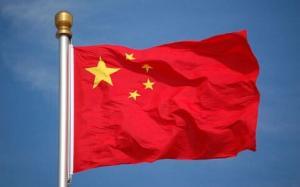 The primary purpose of green architecture is to provide beauty and utility, with an emphasis on sustainability and green inspiration. Eco friendly architecture comes in millions of forms and is limitless in design and scope. Green architects have created a wide variety of high quality, stunningly attractive, and very utilitarian structures worldwide. Here are some examples of East Asian architecture that functions ecologically on behalf of our planet:
The primary purpose of green architecture is to provide beauty and utility, with an emphasis on sustainability and green inspiration. Eco friendly architecture comes in millions of forms and is limitless in design and scope. Green architects have created a wide variety of high quality, stunningly attractive, and very utilitarian structures worldwide. Here are some examples of East Asian architecture that functions ecologically on behalf of our planet:







